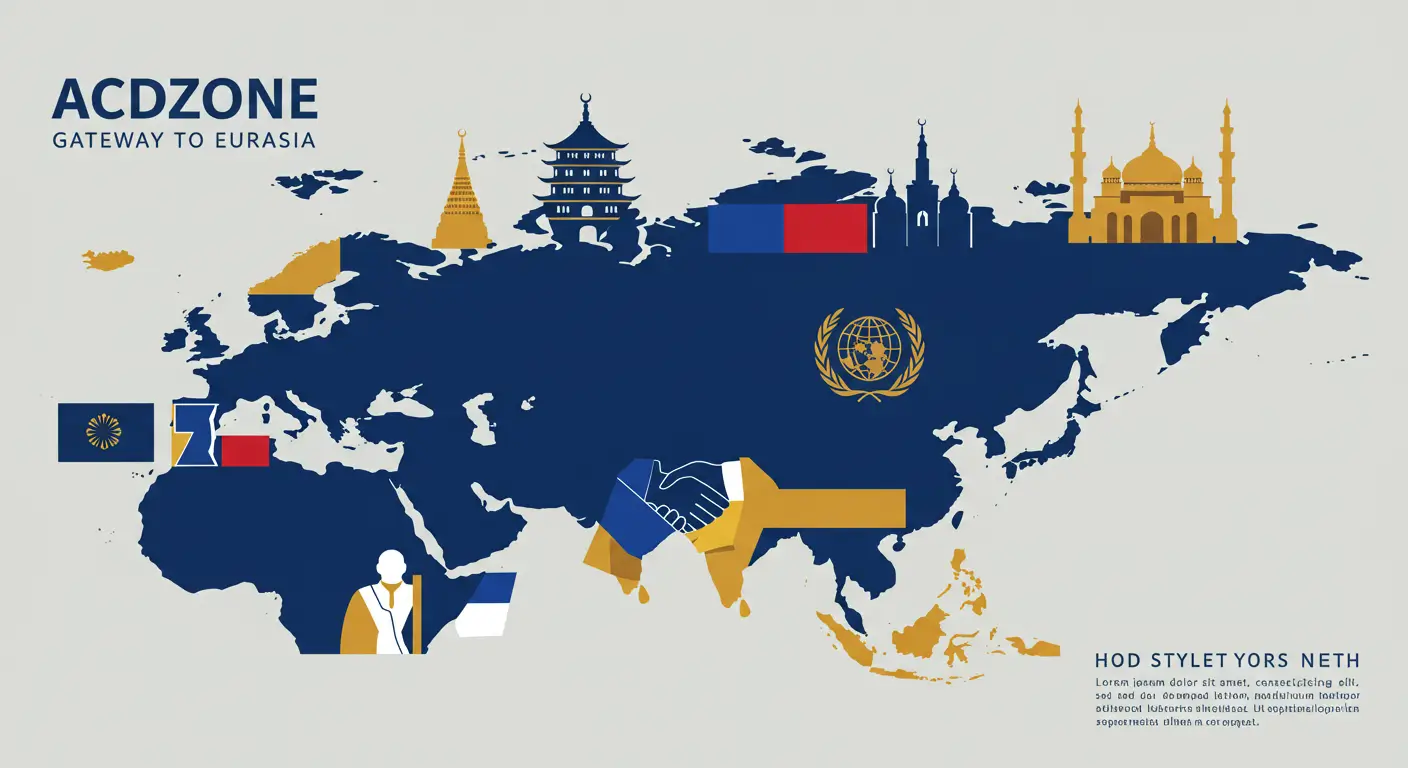The Khoja Ahmed Yasawi Mausoleum stands as one of the most significant examples of Islamic architecture in Central Asia, located in the city of Turkistan (today part of Kazakhstan). This grand mausoleum is not only a symbol of architectural brilliance but also holds immense historical and spiritual value, particularly for the people of Kyrgyzstan and the broader Central Asian region.
History and Significance of Khoja Ahmed Yasawi
Khoja Ahmed Yasawi was one of the most revered Sufi mystics and spiritual leaders of the 12th century. He is best known for founding the Yasawi order of Sufism, which profoundly influenced the development of Islamic mysticism in Central Asia. Born in Termez, near present-day Kyrgyzstan, Yasawi attracted a large following during his life, offering guidance and spiritual teachings. After his death, his tomb became a center of pilgrimage, and over time, the mausoleum was built to honor him, becoming one of the most important religious sites in the region.
Architectural Features of the Mausoleum
The Khoja Ahmed Yasawi Mausoleum is considered a masterpiece of Islamic architecture. The structure seamlessly blends Persian, Turkish, and Mongol architectural elements, making it a unique and striking example of the period. The most notable feature of the mausoleum is its massive dome, which is adorned with vibrant turquoise and green tiles, making it visible from miles away. This grand dome serves as a symbol of both the spiritual and architectural significance of the mausoleum. The intricate tile work, combined with the scale of the building, reflects the grandeur and importance of Khoja Ahmed Yasawi’s legacy.
Religious and Cultural Significance
The mausoleum is not just an architectural wonder but also a major religious site. It has long been a place of pilgrimage for Muslims from all over Central Asia. The complex surrounding the mausoleum includes a mosque, madrassas (religious schools), and other structures that were once used for spiritual learning and communal worship. The site continues to attract visitors, offering a peaceful and reflective environment for those seeking a deeper connection with the region’s rich spiritual traditions.
UNESCO World Heritage Site
In 2003, the Khoja Ahmed Yasawi Mausoleum was recognized as a UNESCO World Heritage Site, highlighting its exceptional historical and cultural significance. This designation has helped preserve the site and ensure its protection for future generations. The mausoleum stands today not only as a place of worship but also as a key symbol of the region’s cultural identity, reflecting the spiritual depth and architectural innovation of the time.
Visiting the Mausoleum
A visit to the Khoja Ahmed Yasawi Mausoleum is an immersive journey into Central Asia’s past. The site offers a unique opportunity to explore the intersection of history, culture, and Islamic architecture. The expansive courtyard and peaceful surroundings make it a place of contemplation, while the grandeur of the building and its detailed craftsmanship leave a lasting impression. For those interested in the history of the region or Islamic culture, the mausoleum offers an unparalleled experience that connects the past with the present.










No comment